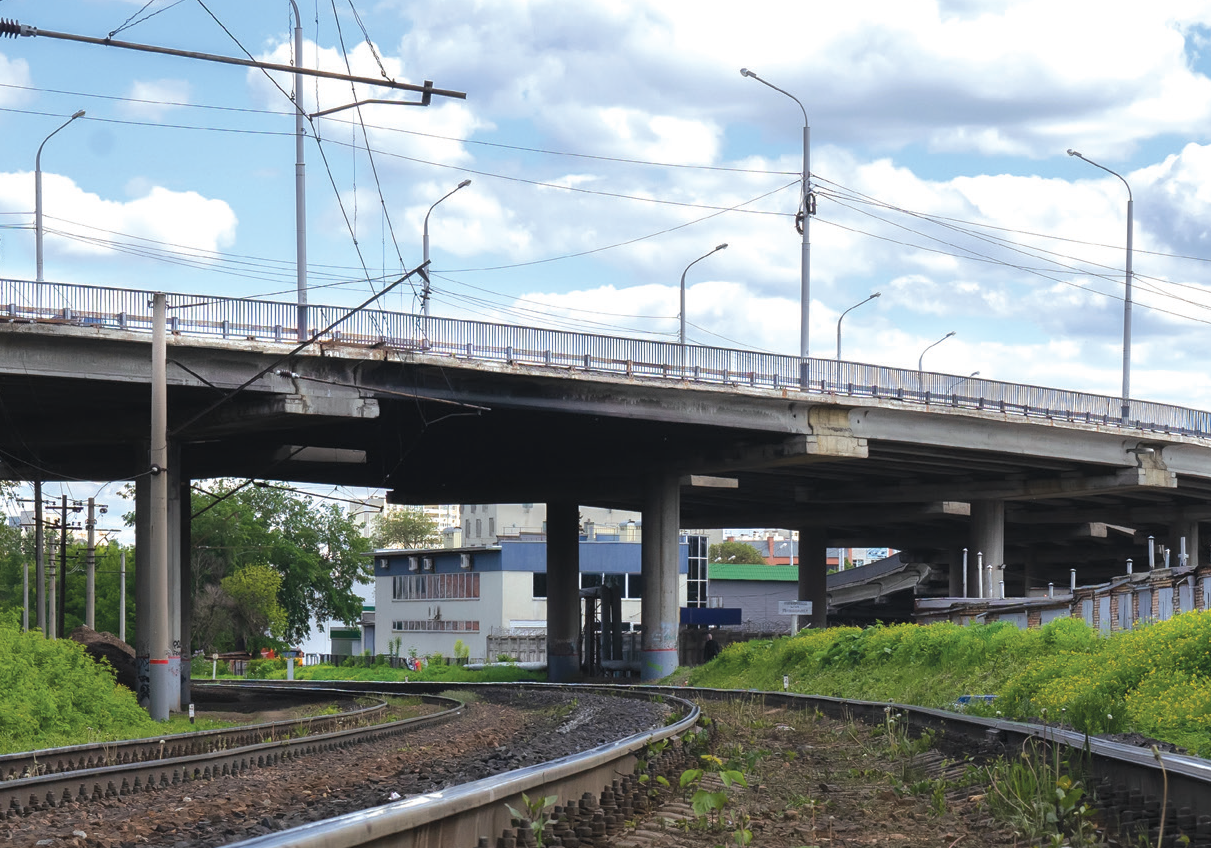

New bridges guidance will clarify asset responsibilities while reducing risks and delivering social value
Join other savvy professionals just like you at CIHT. We are committed to fulfilling your professional development needs throughout your career
The UK Bridges Board has published Parapet Height Protocol for Asset Owners & Managers, a guidance document that sets out the roles and responsibilities and cost sharing framework associated with thehttps://ukrlg.ciht.org.uk/media/16954/parapet-height-protocol-document-v15-jan-2023-web.pdf requirements for bridges carrying a public highway over the railway. The document also intends to raise awareness of the extent of edge protection risk and the role that good parapet design can have in mitigating this risk.
‘Markedly high’ numbers
The research findings detailed in Network Rail standard NR/L3/ CIV/020 ‘Design of Bridges’, undertaken in 2014, noted that the safety risk associated with suicide, trespass and accidental falls onto national rail infrastructure via bridge parapets is markedly high, and typically under-appreciated. The risk has been estimated to be 13 fatalities and weighted injuries per year, with suicide accounting for around 75% of this figure and falls from structure accounting for a further 20%.
Therefore, increasing the height of parapets to 1.8m is expected to significantly reduce the risk of falls from bridges and lead to a small reduction in risk of suicide from bridges. For existing parapets, this is unlikely to be justified (on ALARP grounds), except for structures where the risk or occurrence of trespass, vandalism or suicide is high.
Providing clarity
However, as bridge parapets mitigate risks such as unauthorised access to the railway and provide protection for persons and vehicles, it’s not clear where the asset management responsibilities rest. Current statutory duties – such as the Health and Safety at Work etc Act 1974, Highways Act 1980, and Road Traffic Act 1988 – are also not explicit. A key element to the protocol is to clarify this. As the document is advisory, it helps establish not only the initial position of responsibilities, but also assists with deciding on which party should pay for what.
A collaborative effort
The protocol was prepared by a working group, including representatives from ADEPT, National Highways, Transport Scotland, the Welsh Government, Network Rail and Mott MacDonald. It provides guidance to infrastructure owners and managers in relation to the revised and clarified bridge and bridge parapet requirements.
“This demonstrates the benefit of having the UK Bridges Board, as it enables the sector to work collaboratively to improve the safety of our infrastructure for people,” says Hazel McDonald, chair of the UK Bridges Board. “In these straitened times, it’s important to have a framework to enable improvement costs to be apportioned appropriately. This document gives the various parties the framework to share costs fairly and the opportunity to consider asset improvements for both road and rail users.”
Network Rail also supports the guidance. “While the initial driver for higher parapets was compliance with a TSI about protection from electrification, the study that forms the basis for this document found and highlights the other risks that works at structures can address and the social benefits they can provide,” says Colin Hall, senior engineer (structures) at Network Rail.
FOR FURTHER INFORMATION
The protocol is available for download at bit.ly/parapet_guidance

Parapet safety
{{item.AuthorName}} {{item.AuthorName}} says on {{item.DateFormattedString}}: